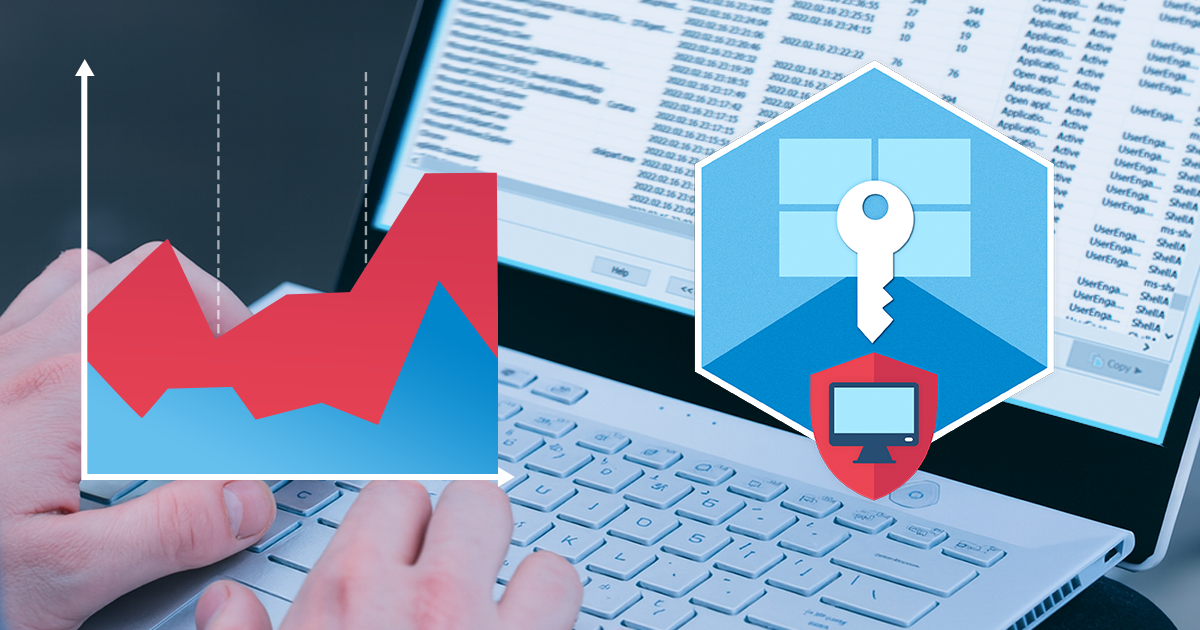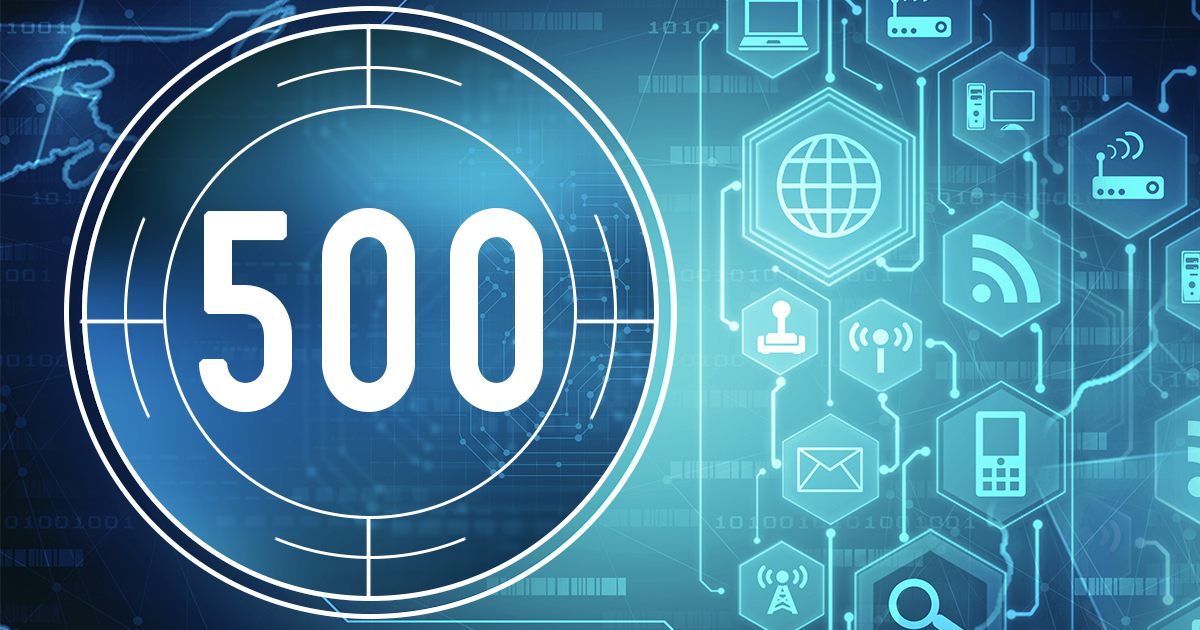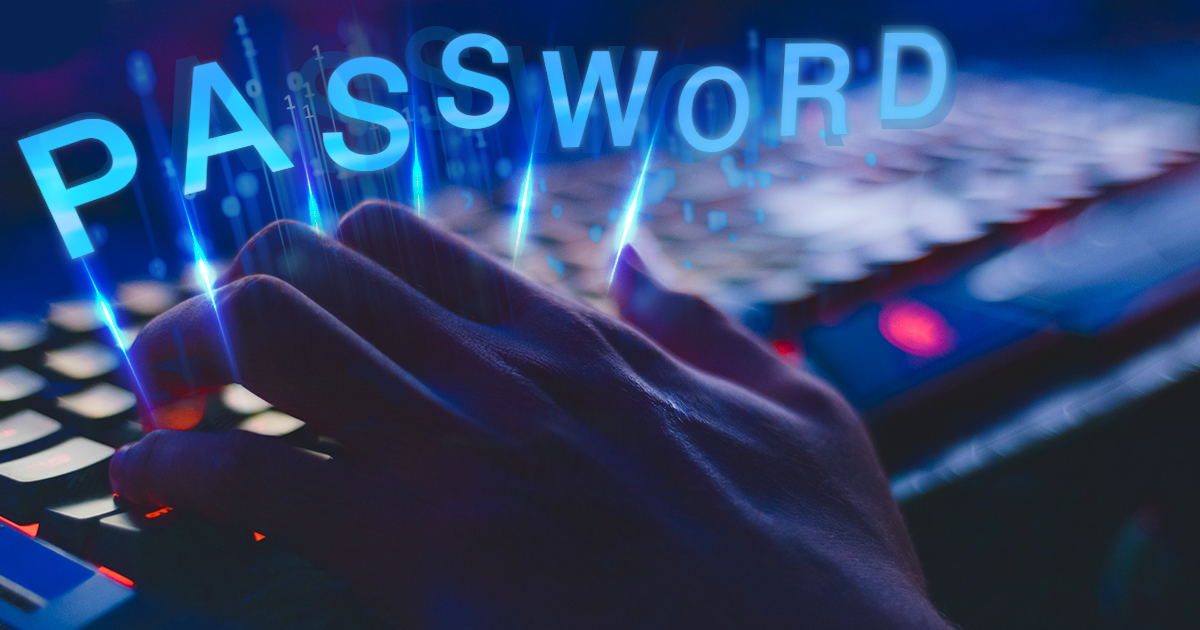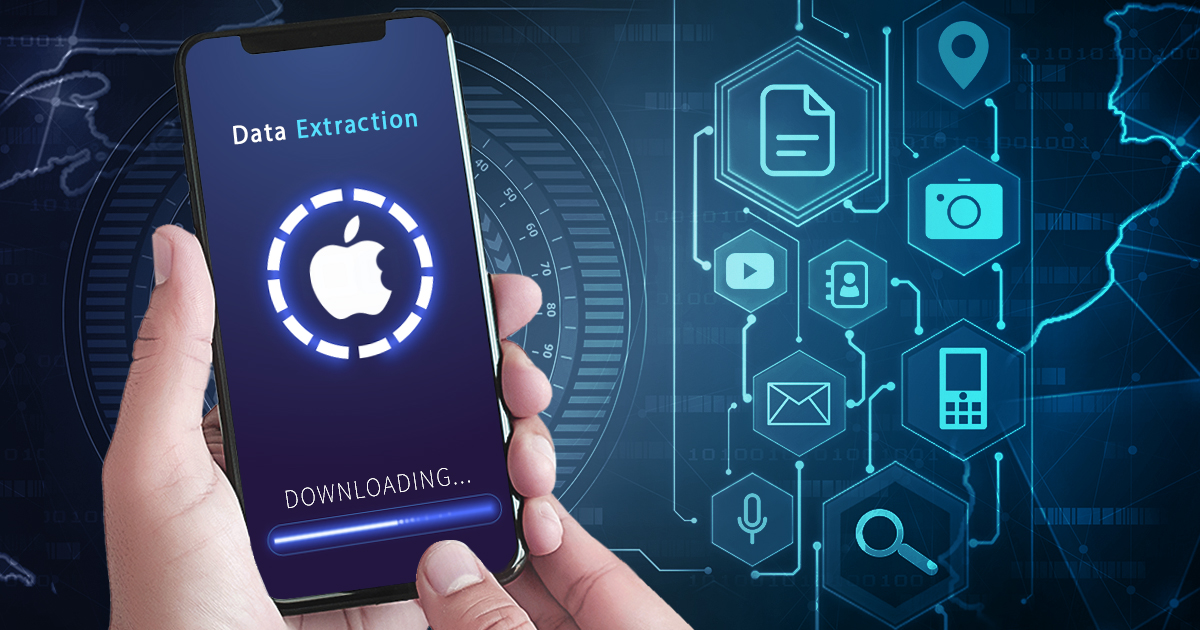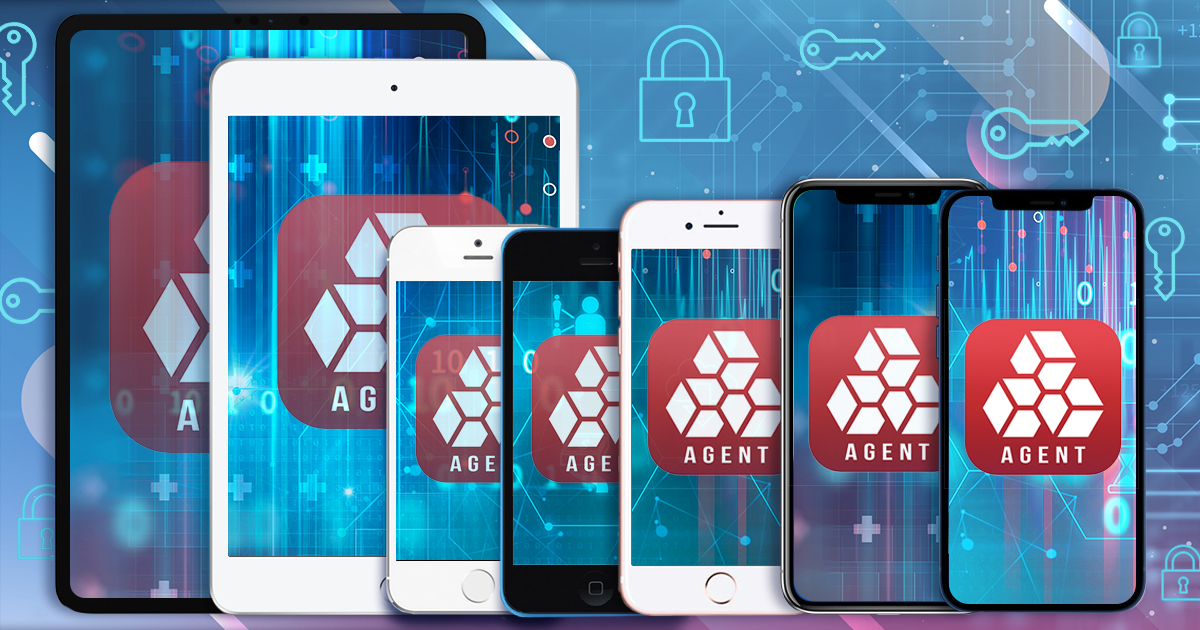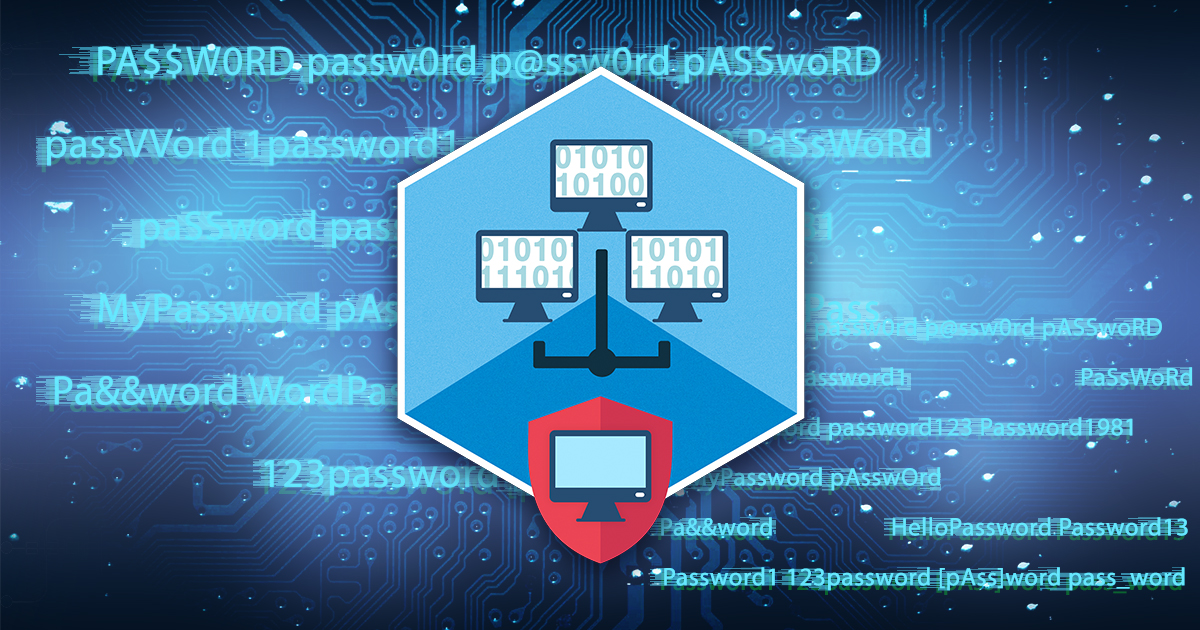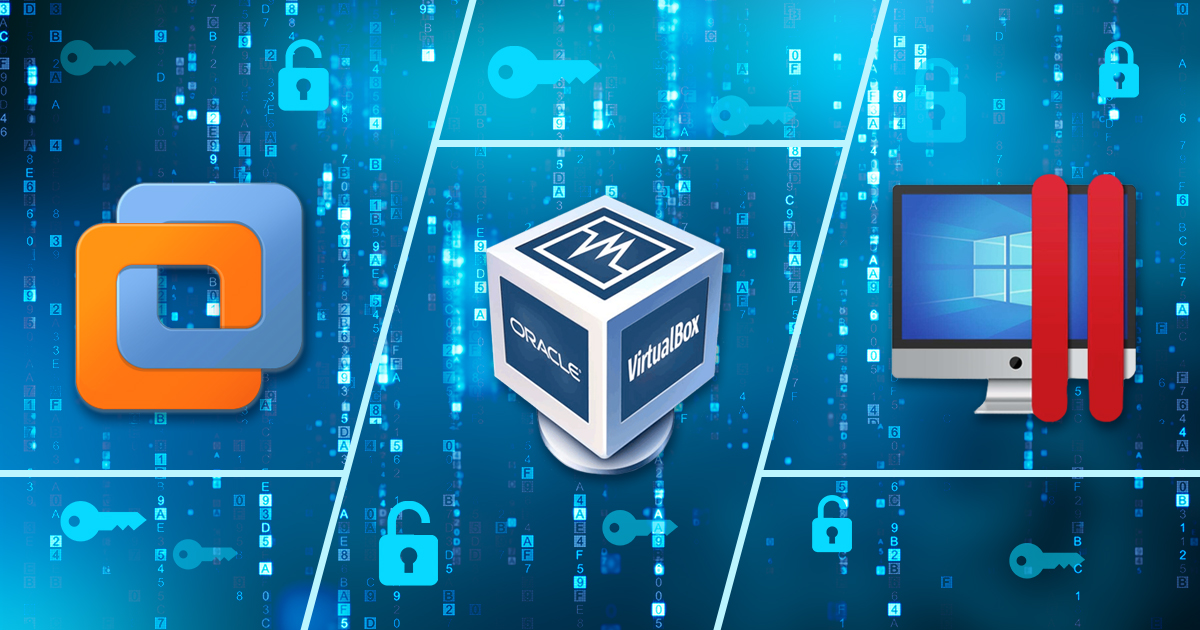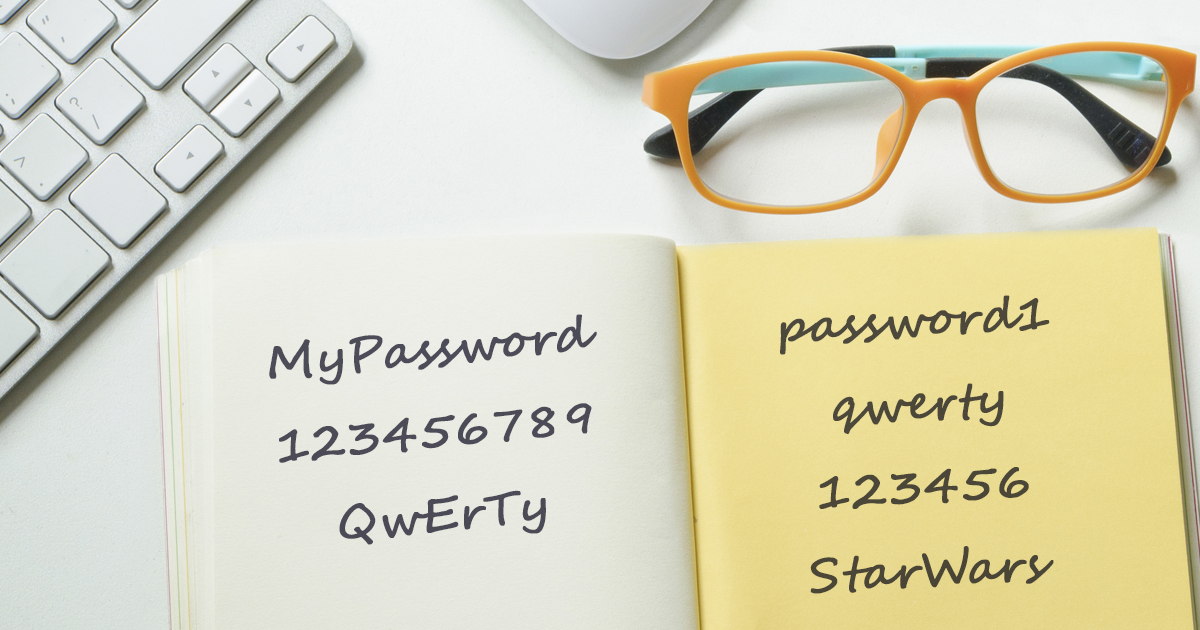- Home
- Categories
- Tags
-
Tips & Tricks
- Installing and Troubleshooting the Extraction Agent (2025)
- Extracting and Analyzing Apple sysdiagnose Logs
- Apple Ecosystem: Overlooked Devices
- What TRIM, DRAT, and DZAT Really Mean for SSD Forensics
- iOS Extraction Tip: Why Start with Recovery Mode?
- Why Every Digital Forensics Lab Needs a Good USB Hub
- Installing iOS Forensic Toolkit on Linux
- iOS Forensic Toolkit Now Supports All Models of Apple Watch
- Extraction Agent: Offline Extraction with All Developer Accounts
- Forensic Implications of BitLocker-by-Default in Windows 11 24H2
- More...
- Events
